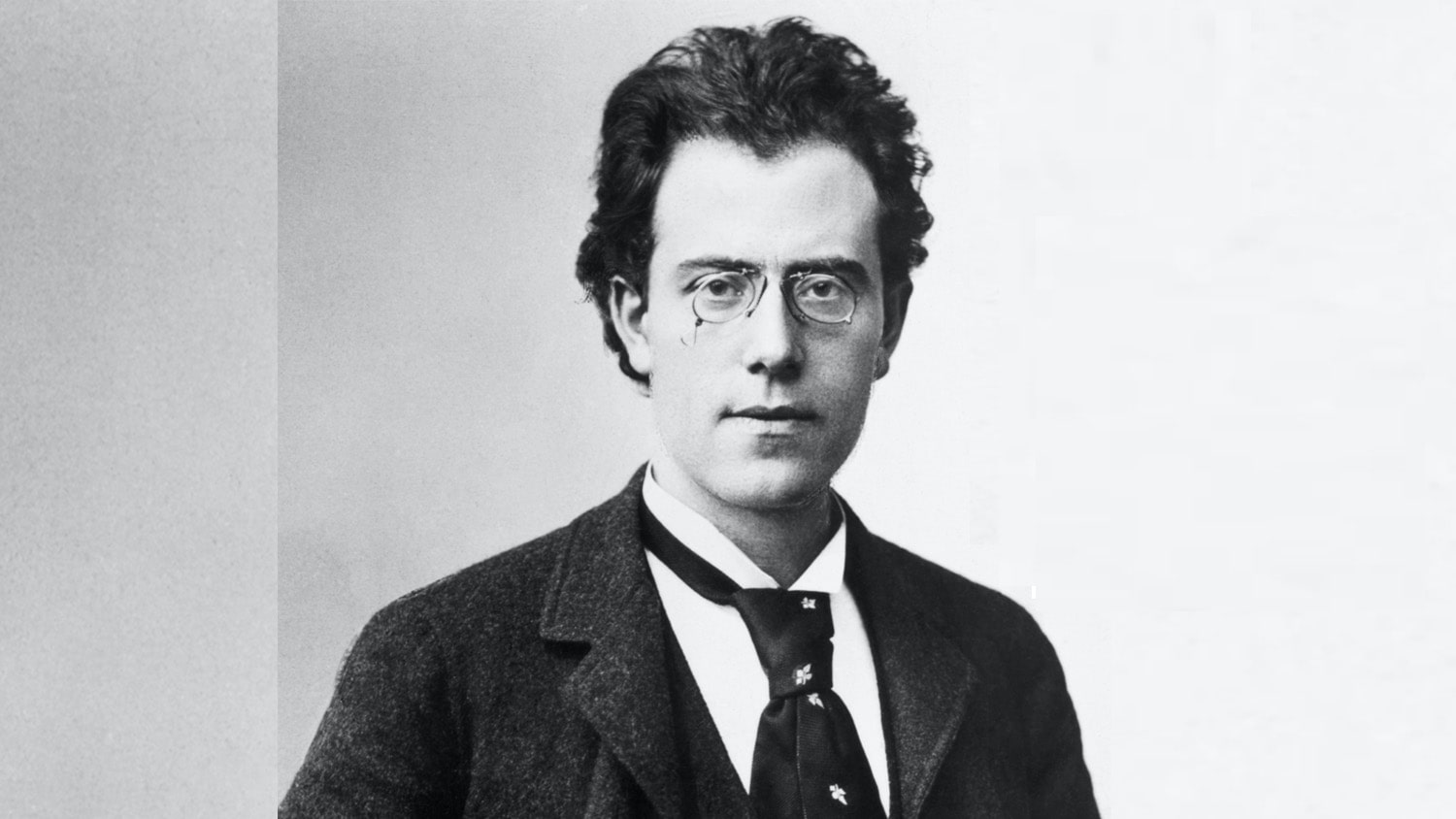
33 interesting facts about Gustav Mahler
- 👁️ 1212
Gustav Mahler, a towering figure in late Romantic music, left an indelible mark on the world of classical composition and conducting. Born on July 7, 1860, in Kaliště, Bohemia, Mahler’s life was a testament to his profound musical genius and complex personality. His symphonies and songs are celebrated for their emotional depth, innovative orchestration, and exploration of existential themes. Despite facing personal tragedies and professional challenges, Mahler’s work profoundly influenced subsequent generations of composers, reshaping the musical landscape of the 20th century. Let’s delve into some fascinating and informative facts about Gustav Mahler, highlighting his contributions to music, his life’s journey, and his lasting legacy.
- Gustav Mahler was born in a Jewish family in what is now the Czech Republic.
- He composed ten complete symphonies and left an unfinished Eleventh Symphony at the time of his death.
- Mahler’s work as a conductor was highly esteemed, and he held prestigious positions, including director of the Vienna Court Opera.
- He converted to Catholicism in 1897, primarily to secure his appointment at the Vienna Court Opera, due to the prevalent antisemitism of the time.
- Mahler’s music was banned in much of Europe during the Nazi era because of his Jewish heritage.
- His compositions often incorporate elements of the music he heard during his childhood, including military marches, folk dances, and Jewish melodies.
- Mahler married Alma Schindler in 1902, who was a composer and socialite, and their tumultuous relationship has been widely documented.
- He was known for his meticulous and demanding rehearsal techniques, often rehearsing a single work for many hours.
- Mahler’s Symphony No. 8, known as the “Symphony of a Thousand,” premiered in 1910 with over 1,000 musicians and singers, creating a sensation.
- His music gained significant popularity and scholarly interest in the 1960s, decades after his death, thanks to conductors like Leonard Bernstein.
- Mahler died of a bacterial heart infection on May 18, 1911, in Vienna, Austria.
- He was a significant influence on the next generation of composers, including Arnold Schoenberg, Alban Berg, and Anton Webern.
- Mahler’s symphonies are known for their large scale and use of an expanded orchestra, often requiring hundreds of performers.
- Despite his success as a conductor, Mahler considered himself primarily a composer, once stating, “I am a composer who conducts.”
- His compositions often explore themes of death, afterlife, and rebirth, influenced by his personal experiences with loss and mortality.
- The “Adagietto” from Mahler’s Symphony No. 5 became widely known after it was used in the 1971 film “Death in Venice.”
- Mahler’s early works include “Das klagende Lied,” a cantata based on a grim fairy tale, showcasing his interest in literary and folkloric sources.
- The composer spent his summers in isolated alpine settings, where he concentrated on composing, away from his conducting duties.
- Mahler’s extensive song cycles, including “Des Knaben Wunderhorn” and “Kindertotenlieder,” are pivotal to understanding his symphonic works.
- He faced significant public and critical hostility during his lifetime, particularly in Vienna, where his innovations were often met with resistance.
- Mahler was a significant figure in the development of the modern symphony, pushing the boundaries of form, harmony, and orchestration.
- His influence extends beyond classical music into jazz and popular music, with artists like Miles Davis and Luciano Pavarotti citing Mahler’s impact.
- Mahler was deeply affected by the death of his older brother Ernst in childhood, an event that haunted him throughout his life.
- He often used nature as a metaphor in his music, drawing inspiration from his love of the natural world.
- Mahler’s handwriting was notoriously difficult to decipher, leading to challenges in interpreting his scores.
- His Ninth Symphony is often seen as a farewell to life, composed after Mahler learned of his fatal heart condition.
- Despite being a leading conductor, Mahler’s own music was rarely performed during his tenure at the Vienna Court Opera.
- He had a profound interest in philosophy and literature, which influenced the thematic depth of his compositions.
- The International Gustav Mahler Society was founded in Vienna in 1955, dedicated to studying his life and works.
- Mahler’s daughter, Maria, died of scarlet fever and diphtheria at age four, a tragedy that deeply influenced his Sixth Symphony.
- He underwent psychoanalysis with Sigmund Freud in 1910, reflecting his interest in psychology and the inner workings of the mind.
- Mahler’s Symphony No. 2, “Resurrection,” reflects his complex views on life, death, and redemption.
- The Mahler Festival in Amsterdam in 1920, commemorating the tenth anniversary of his death, was one of the first major revivals of his music.
Gustav Mahler’s profound influence on the world of music is undeniable. His ambitious symphonies and poignant songs continue to captivate audiences and performers alike, offering a window into the composer’s soul. Mahler’s legacy is not only in his expansive, emotive compositions but also in his vision of the symphony as a means of exploring the depths of human experience. As we continue to explore and perform his works, Mahler’s place in the pantheon of great composers remains secure, a testament to his enduring power to move and inspire.











